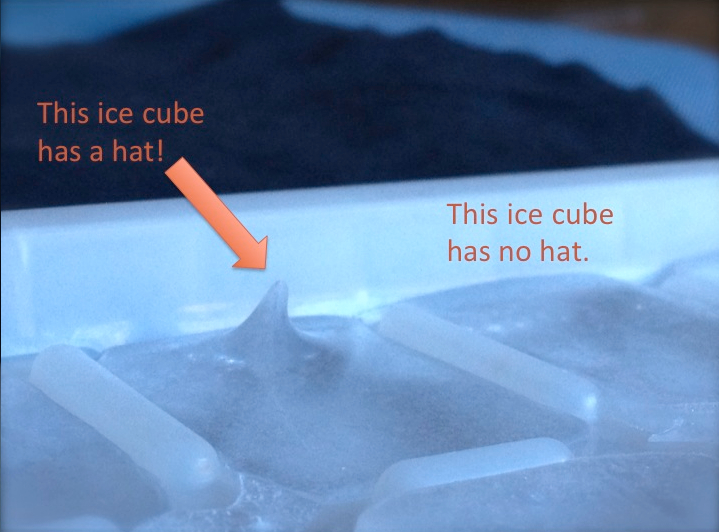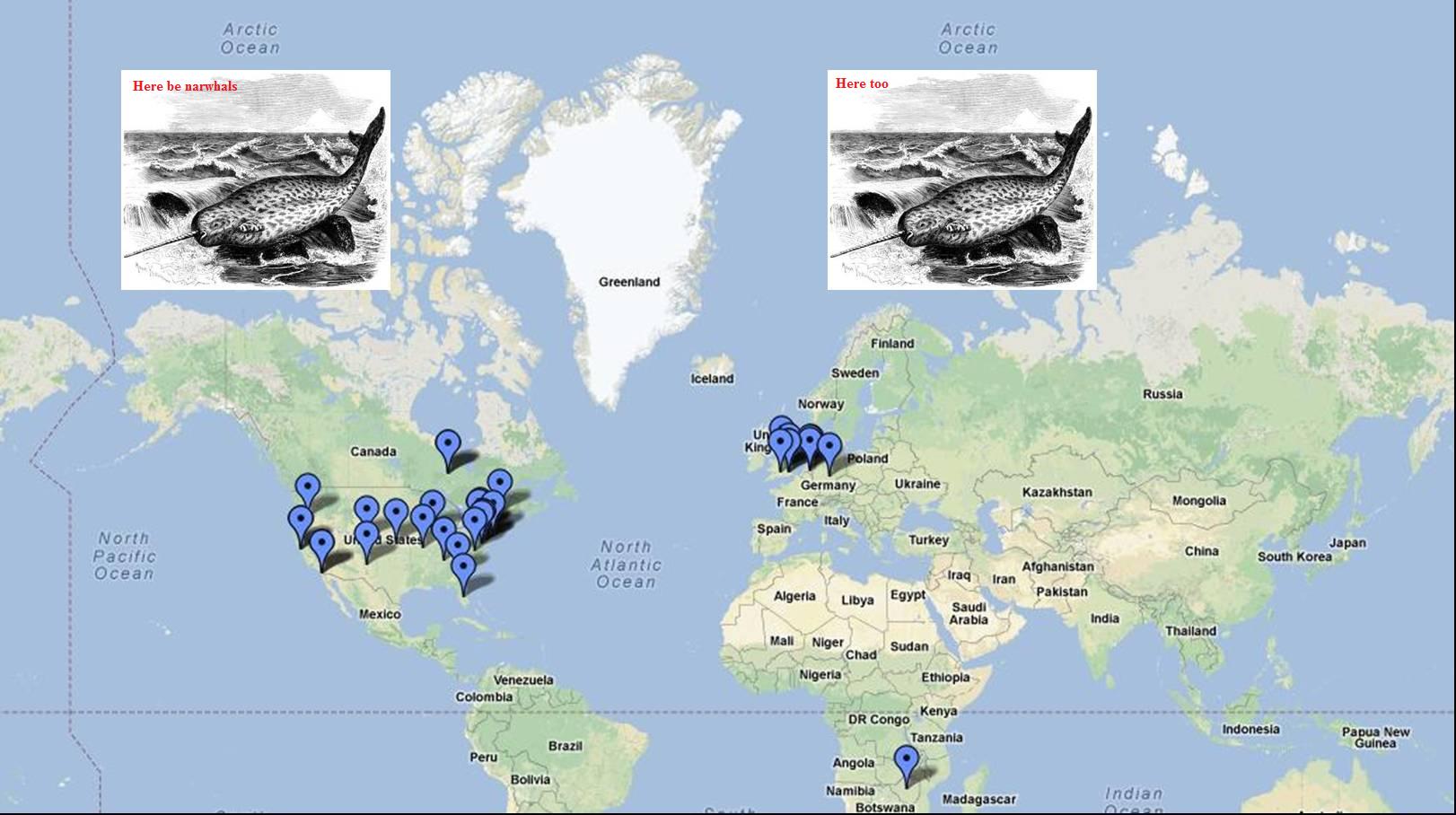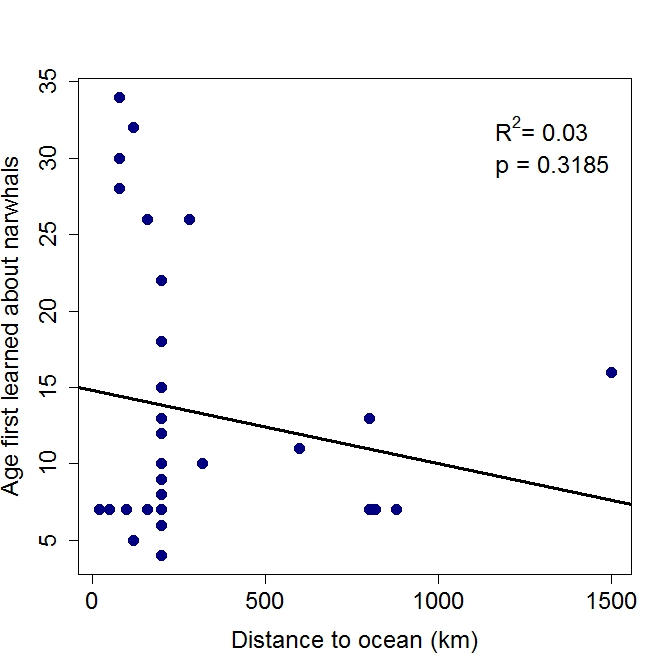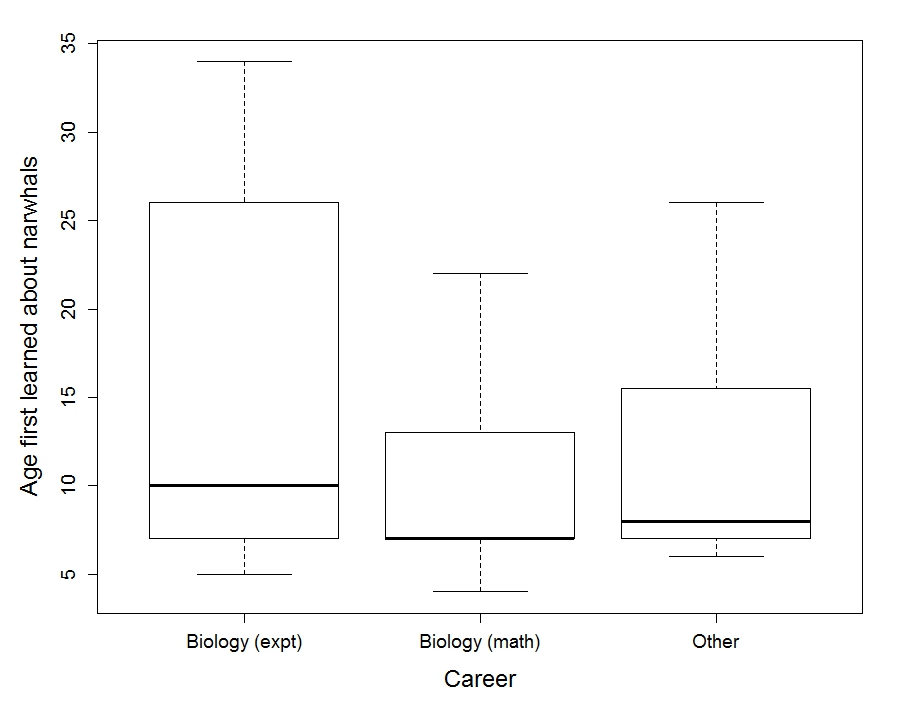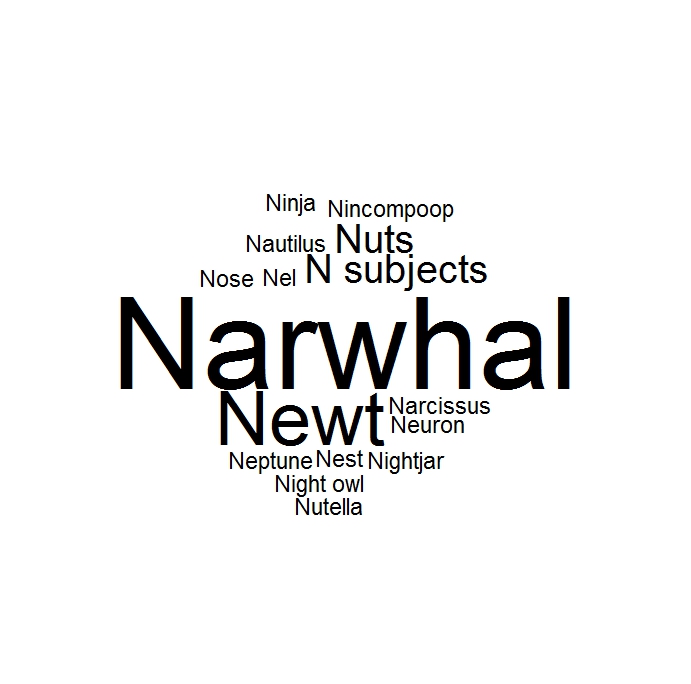Did you know that rats laugh?
I didn’t. Not until the other day anyway. The other day I was enumerating the oocysts in Courtney’s Wolbachia laden (or not as the case may be) mosquitoes while at the same time continuing Court’s much needed education into the available variety of BBC wireless programmes. Having exhausted the News Quiz’s back catalogue we had moved onto “The Infinite Monkey Cage,” a fun and at times funny science programme. This particular episode was looking at ‘brain science’ and well into the banter one of the guests, a neuroscientist from UCL, said, almost as an aside, almost as if everyone should know this, that rats laugh. One of the presenters, the physicist Brian Cox, after a moment of incredulity, pulled on the reins and said “hold the phone, did you just say that rats laugh,” or something to that effect, just as I was thinking the same thing.
’Tis true. Rats are ticklish it turns out, particularly around the nape of the neck, and when tickled they laugh. Naturally I can hear you saying, “laugh, are you sure?” and maybe the description has the taint of anthropomorphism. What the rats actually do is make high pitched chirps in the 50 kilohertz ultrasonic range. But since these chirps are distinct from other vocalisations and are only produced in response to being tickled, or ‘heterospecific hand play’ (quiet at the back there) as the jargon goes, ‘laugh’ seems a rather good description. Nor, before you all get carried away, is anyone suggesting that rats have a sense of humour. Giggling in response to a quick scratch of the neck is not the same as laughing at Derek’s jokes. I mean, it is not as though one of the rats gets up after the lights go out in the Read-Group animal room, taps a microphone, “pof, pof, pof,” intones self-consciously into it, “one, two, one, two,” and then goes into its Saturday night routine..
Stand-up Rat: Good evening ladies and gents and welcome to the animal house, lovely to see so many of the same faces here again tonight. A human, a neanderthal and an australopithecine walk into a bar….
.. to the considerable mirth, or approbation, of those assembled in neighbouring cages. Much as it is an image to conjure with there is obviously no nascent Eddie Izzard in the rat diaspora. But the ability to laugh seems real and the pleasure apparent because tickled rats actively seek out the same human hand that made them laugh before, actually start laughing when someone who has tickled them previously enters the room and rat pups prefer to be with adult rats that still laugh. Mice? Don’t know, but laughter is a common mammalian behaviour they say so yes, probably. Ultrasonically. And mice sing anyway. Duet even.
It’s an interesting line of research and one that could easily drag one into a little reading off the set list. But the neuroscientist’s comment made me think in another direction. The vets routinely suggest that we should get in and among our rats. Pick them up as soon as they arrive as barely-bigger-than-mice rats, let them get used to us and to being handled. A bit of neck scratching and the inaudible laughter resulting eases nerves, makes the animals more amenable to handling in the future.
The trouble is that learning a snippet about the private lives of lab animals, particularly where they show a response similar to one of our most treasured and intimate behaviours, creates a certain empathy, an, albeit brief, familial feeling that places in stark contrast our actual aims and intentions for these animals. We can rationalise what we do of course, the lack of alternative, for the greater good etc. But, standing amid the carnage of another experiment I find that the pungent whiff of cordite is very apparent.

